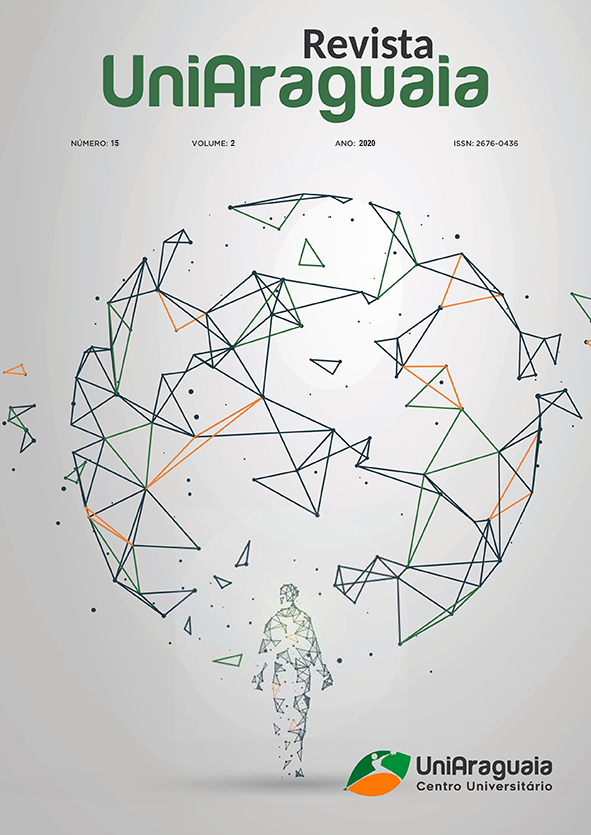Lubricants for Mechanical Equipments and Innovation in the Sector
Keywords:
Lubrication. Machinery. Mechanical Equipment.Abstract
Lubricants are substances placed between two movable surfaces or a fixed and a movable one, forming a protective film whose main function is to reduce friction, wear, temperature and sealing of machine and motor components, and may also be a force transmission agent And movement. Therefore the objective of this work is to contribute to the construction of materials on the subject, aiming to analyze the types of lubricants, their characteristics, as well as the innovation in the sector. Thus, the applied methodology is mainly a literature review followed by an analysis. It should be noted that each type of lubricant is important for different types of equipment but is not yet in the state of the art and new technologies such as liquid crystal must be developed, which is highly efficient but still has a very high cost.Downloads
Published
Issue
Section
License
The copyright of the published articles will be transferred to the Uniaaraguaia Magazine, allowing its subsequent reproduction as transcription and with due citation of source. In the event of acceptance and before the publication of the article, the plaintiff (s) shall write a statement formally transferring copyright to the magazine.
The author may also print and distribute copies of his article, provided that he mentions that the rights belong to the Uniaaraguaia Magazine.
Author rights include the right to reproduce in full or partly by any means, distribute this article, including figures and photographs.
By submitting originals to the Uniaaraguaia magazine, the author or authors express agreement with the following terms:
a) Authors maintain copyright and grant Uniaraguaia magazine the right of first publication, with the work simultaneously licensed under the Creative Commons Attribution license that allows the sharing of work with recognition of the authorship and initial publication in this magazine.
b) Authors are authorized to assume additional contracts separately, for non-expiration distribution of the work version published in this magazine (eg publish in institutional repository or as book chapter), with recognition of authorship and initial publication in this journal.
c) Authors are allowed and are encouraged to publish and distribute their work online (eg in institutional repositories or on their personal page) to any point before or during the editorial process, as this can generate productive changes as well as increase the impact and citation of published work.

